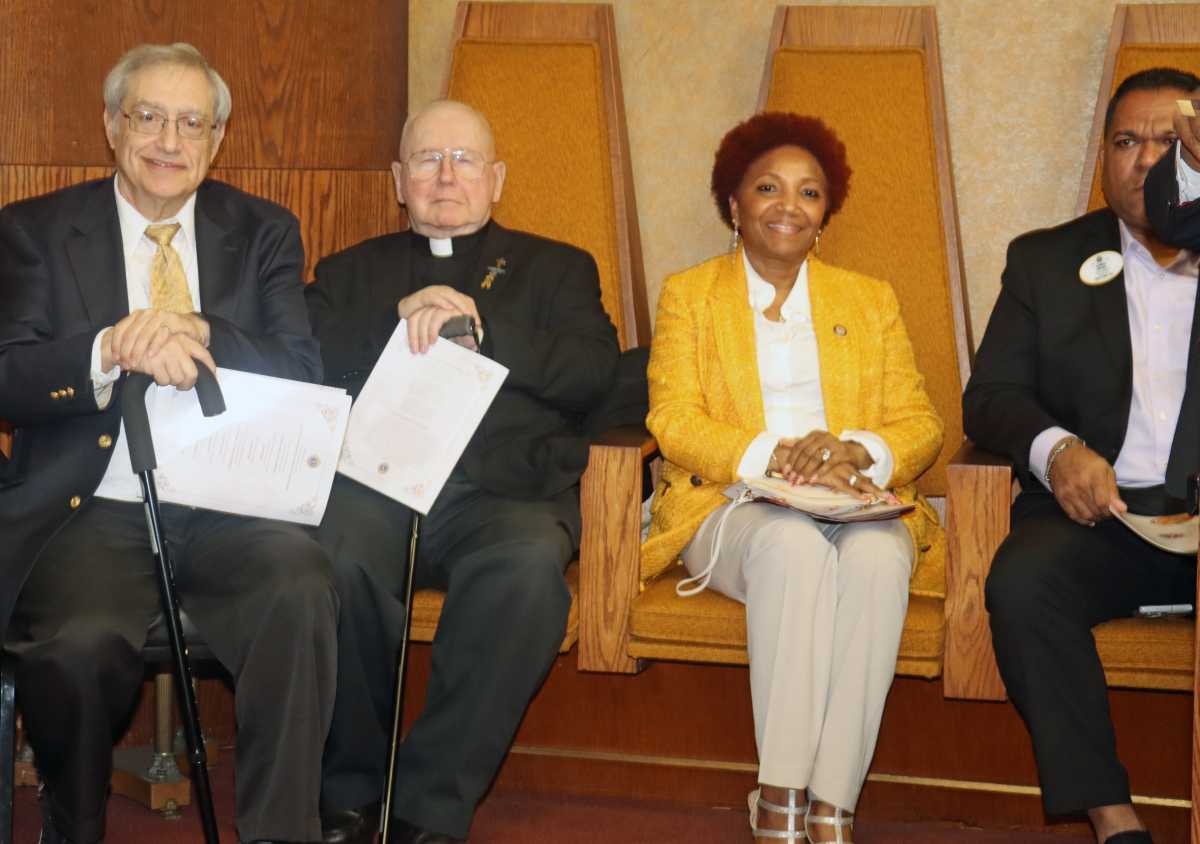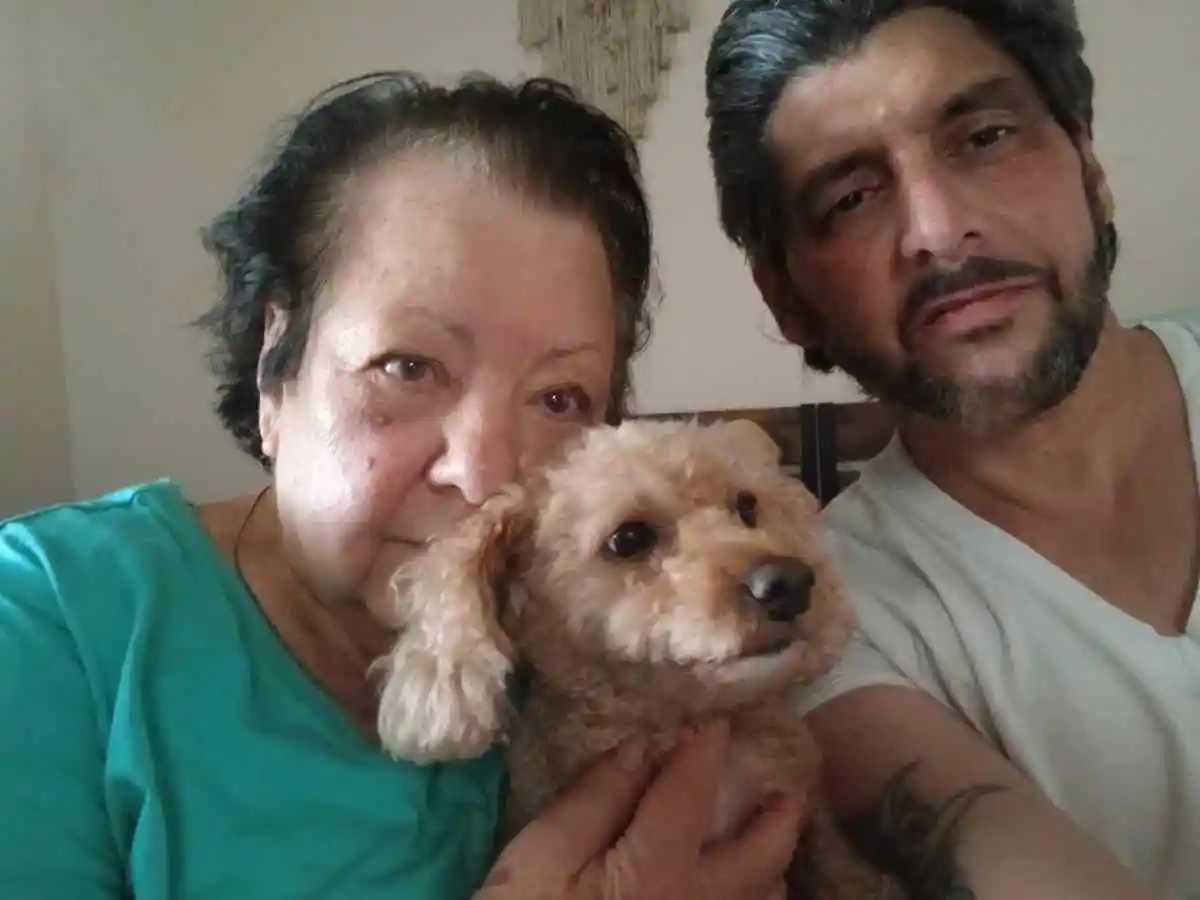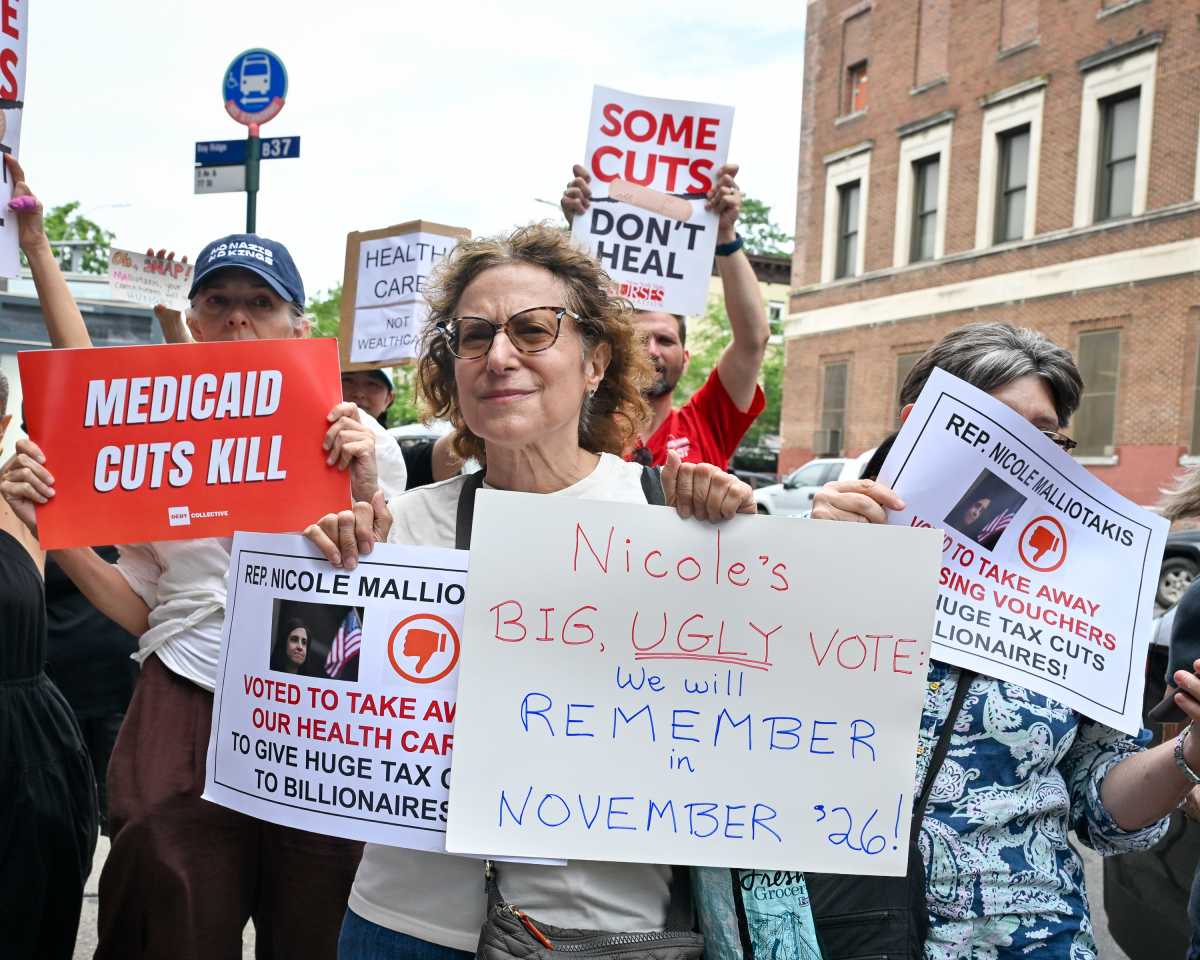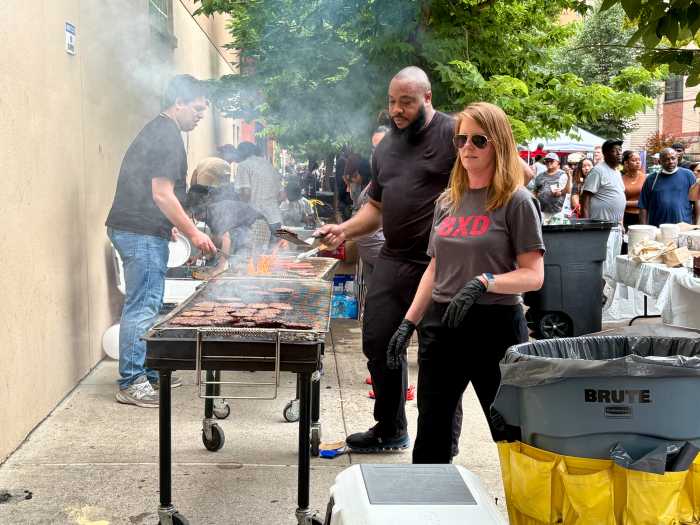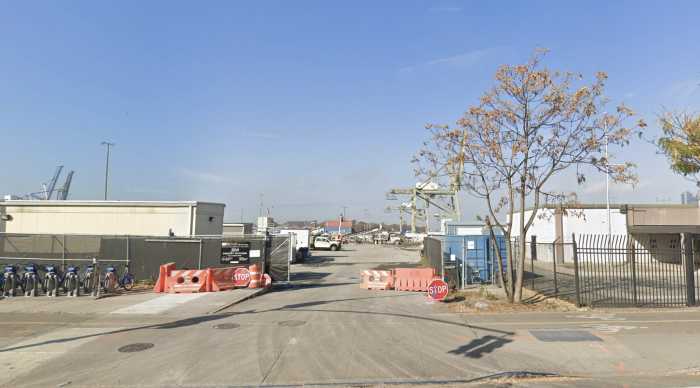With just weeks until New York’s presidential primary on April 19th, a report from Comptroller Scott M. Stringer, “Barriers to the Ballot,” examines voting data over the last 60 years and presents 16 innovative ideas to increase voter access, boost turnout, and improve how elections are administered.
The report comes as New York City Voter turnout in the 2014 Midterm Election was 25% – the lowest on record, and New York State’s turnout as a whole was ranked 48th of the 50 United States.

“As New Yorkers head to the polls to elect our next president, it’s important to remember that voting is not only a fundamental right – it is the most important tool we have to ensure accountability in our democracy,” Stringer said. “Turnout in recent elections in New York has been abysmal and yet our laws often prevent, rather than encourage, people from participating. We need to make it easier for every New Yorker to register and vote.”
In recent years, New York City’s voting rates in presidential, midterm/statewide, and mayoral elections have reached historic lows:
- In the 2008 presidential election, just 61 percent of registered voters showed up to vote, the lowest ratio in any major American city.
- In 2012, only 58 percent of registered voters cast ballots in the general election – the lowest rate since 1996 and the second-lowest on record.
- In 2013, only 26 percent of registered New York City voters went to the polls in the general election, the lowest rate ever recorded, continuing a decades-long slide.
The report puts forth 16 ideas on how to reform elections and increase voter participation in the City. The solutions are focused on four areas: voter registration, access to the polls, Election Day operations, and election administration. In many cases, State legislation already exists to advance these ideas.
Recommendations include:
Voter Registration
- Allowing pre-registration for 16 and 17-year olds, which will become active when they turn 18 (Kavanagh A2529/ Carlucci S857).
- Permitting voters to register on Election Day (i.e. same-day registration), as 11 other states already do (Kavanagh A5891/ GianarisS2391).
- Expanding automatic voter registration using a variety of State and City databases, including, but not limited to, the Department of Motor Vehicles (Kavanagh A5972/ Gianaris S2538).
Access to the Polls
- Enacting no-excuse absentee voting, which lets any voter request an absentee ballot for any reason (Kavanagh A2644/ BrennanA3874B).
- Ensuring absentee ballots are accessible for all voters – including those with vision impairment (Weprin A2104A/Griffo S5085).
- Permitting early in-person voting for at least seven days prior to Election Day, including on weekends (Kavanagh A8582A/ Stewart-Cousins S3813B).
- Exploring a vote-by-mail system, which has already been adopted in Oregon, Washington, and Colorado (Krueger S2739).
- Requiring the New York State Department of Corrections and Community Supervision to inform formerly incarcerated New Yorkers of the need to re-register to vote (Perry A6491) and giving New Yorkers convicted of felonies the right to vote while on parole (Hassell-Thompson S2023A).
Improving Election Day Operations
- Instructing the City Board of Elections to notify New Yorkers about upcoming elections more than once per year and employ modern methods of communication, including email and text message.
- Improving training, recruitment, and compensation for New York City poll workers.
- Expanding poll inspections to ensure compliance with the Americans with Disabilities Act and surveying voters about their experience at the polls.
- Passing the Voter Friendly Ballot Act, which calls for ballots that are easier to understand (Kavanagh A3389).
Election Administration
- Expanding access for Limited English Proficiency New Yorkers by publishing voting materials in additional languages and ensuring availability of telephonic “Language Line” service at poll sites (Colton A4749/ Golden S1703/ Eugene Int. 0255-2014).
- Instituting Instant Runoff Voting, which allows voters to rank candidates in order of preference, instead of holding costly runoff elections two weeks after primaries (Kavanagh A5571/ Lanza S4586).
- Consolidating federal and state primary elections in New York instead of holding two separate primaries in even years, and three primaries in presidential years.
- Strengthening laws against deceptive practices to prohibit the intentional dissemination of false or misleading information with the intent to keep an eligible voter from casting a ballot (Kavanagh A5841/ Stewart-Cousins S2352).
To read the full report, please click here.



